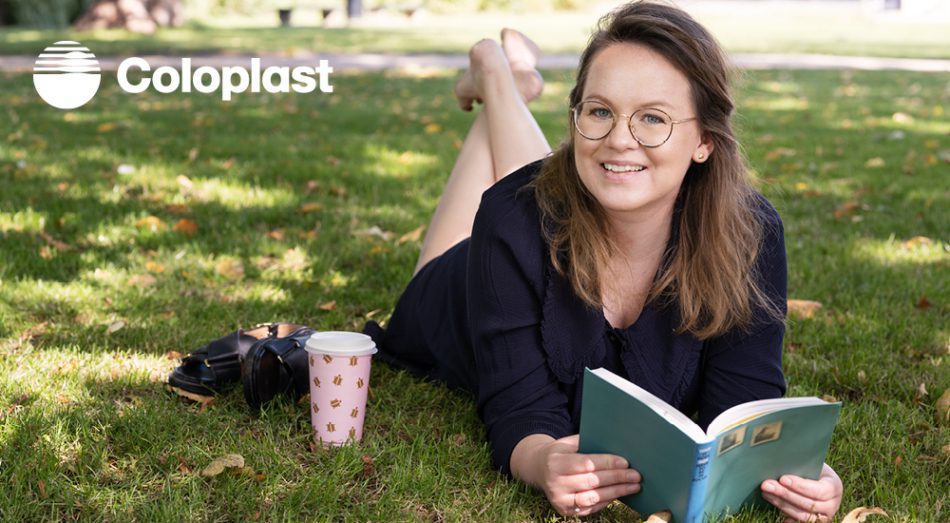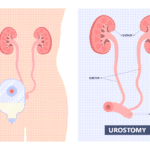Barrier considerations to obtain your fit
What is more important: fit, flexibility, stretch capability, or adhesion?
If you cannot decide, or there are two or more that are just as important, you are not wrong. Why not have all in one for your barrier selection? You can have fit, flexibility, stretch capability, and adhesion in one pouching system!
Fit
When selecting a barrier, many considerations can come into play. When considering fit, proper application and sizing is important to help reduce leakage and create a seal around the stoma. Utilizing a stoma measuring guide or template with each pouch change is beneficial to help obtain the proper fit. Stoma size can change after surgery, so measuring is key. Deciding between a precut or a cut-to-fit barrier is also important to consider, as it depends on which option provides the best fit to your body.
Flexibility
A flexible barrier will move, bend, and stretch with your body allowing you to be comfortable as you go about your daily activities. Flexibility with stability helps achieve a seal around the stoma along with the proper fit. In day-to-day movements like, getting in and out of your car, vacuuming, getting a spice off the top shelf, or even a sport you enjoy playing, flexibility is important to move with your body.
Stretch capability
Can you have flexibility without stretch capability and vice versa? What if these two worked hand in hand to create the best seal and optimal comfort to help you with your daily activities? Think back to reaching to get a spice off the top shelf in the kitchen. You need to have flexibility in the barrier to obtain the stretch, but then when back in a normal standing position the ability for the barrier to go back to the original shape after completing the stretch—how is that obtained? Teamwork!
Adhesion
Lastly the ability for the barrier to have adhesion to the skin. This can be a challenge outside of the barrier itself. For example, what if there is a small area of irritation, moisture, or the landscape is not perfectly flat (which is very common)? The adhesion is important to provide the tact to the skin so that the barrier has all the capabilities: fit, flexibility and stretch! Good adhesive security is obtained by gentle warmth using the body heat of your hands, and a nice gentle pressure with application from the inside (near the stoma) all the way to the edges of the barrier. This helps activate the adhesive into those small nooks and crannies that our skin has even if we can’t see them with the naked eye.
Essentially, there are many questions that may come up when deciding on the best barrier fit for you. Let’s go back to the original question that was posed: What is more important: fit, flexibility, stretch capability, or adhesion? The answer can be any of the above, and it all depends on your own lifestyle and personal needs. Things to keep in mind when you are considering your barrier options are, “Does this barrier have a good fit to my body?”, “Does the barrier allow me to stretch without compromising the seal?”, and lastly, “Does this barrier give me the security to enjoy my activities?”. There are options available for many body types and challenges. Reach out to your WOC nurse so they can help you answer the questions that are important to you!
Mackenzie Bauhs, CWOCN, is currently an employee and Ostomy Clinical Consultant for Coloplast. She obtained her bachelor’s degree at Carroll University in Wisconsin. She has worked with ostomy patients in the post-operative period at the University of Wisconsin Hospital and Clinics in Madison, Wisconsin as well as outpatient ostomy care at Rush University Medical Center in Chicago, Illinois.
The materials and resources presented are intended to be an educational resource and presented for general information purposes only. They are not intended to constitute medical or business advice or in any way replace the independent medical judgment of a trained and licensed physician with respect to any patient needs or circumstances. The information presented or discussed may not be representative of all patient outcomes. Each person’s situation is unique, and risks, outcomes, experiences, and results may vary. Please see complete product instructions for use, including all product indications, contraindications, precautions, warnings, and adverse events.
Editor’s note: This article is from one of our digital sponsors, Coloplast. Sponsor support along with donations from readers like you help to maintain our website and the free trusted resources of UOAA, a 501(c)(3) nonprofit organization.





 Coloplast 2022
Coloplast 2022





Leave a Reply
Want to join the discussion?Feel free to contribute!